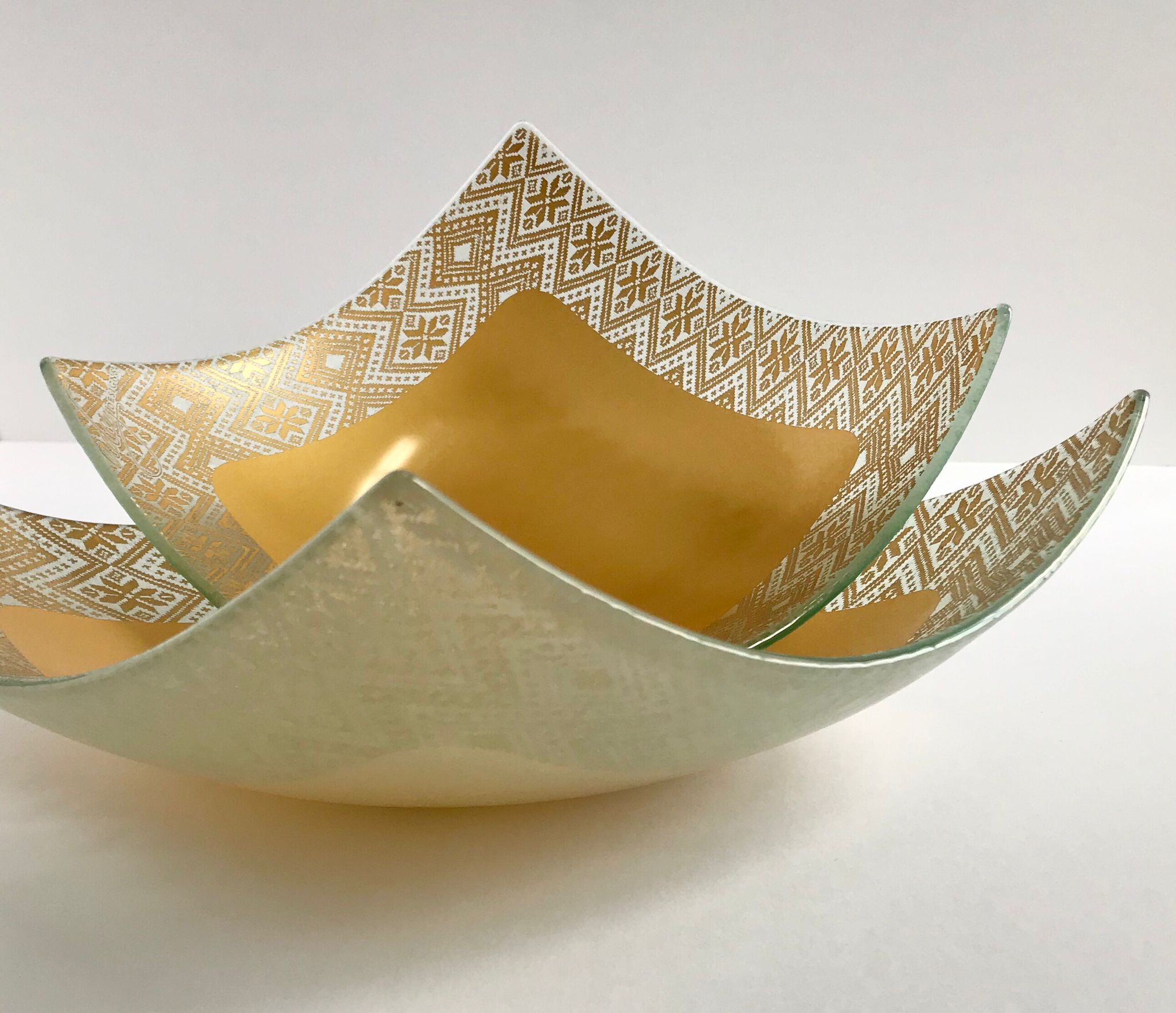Story by: John Gimlette for The Telegraph | (Above) Photography courtesy of: Getty Images
What’s the last thing you’d expect to find on a tiny archipelago 140 miles out in the Gulf of Guinea? A pair of Victorian traction engines? Turquoise sparrows? West Africa’s biggest swimming pool?
Weirdly, you can find all of them on STP, or São Tomé and Príncipe. During our fortnight there, we were always stumbling on oddities. Once, we came across a little Russian tank, now covered in children and moss. Another time, it was an old shipping container, halfway up a mountain.
How had people been so careless with their things? Or had the islands simply been forgotten? A few months earlier, I’d put this to the STP man at Rainbow Tours. Few operators go there, and the country gets only 13,000 tourists a year. “It’s not forgotten,” he said. “It’s never been discovered.”
“It’s ridiculous to describe anywhere as a Lost World now, but this one got seriously mislaid.”
It’s easy to see how you might overlook it. When I first spotted it on a relief map of the Atlantic, it looked like two needles rising off the ocean floor, each with a tiny island perched on top. São Tomé is roughly the size of Anglesey, while Príncipe compares to the Isle of Wight. Separated by 99 miles of ocean, they are, in cartological terms, a pair of free-floating full-stops.
Closer up, they’re harder to ignore. From the air, they look improbably dramatic. Having risen 3,000m (9,840ft) off the seabed, parts of them carry on rising another 2,000m (6,560ft). There’s nothing undulating about these mountains. They’re like great blue fangs, covered in a rich velvet of forest and cloud. One of these peaks – on Príncipe – is so sheer that, until recently, it was thought it had only ever been climbed twice in 31 million years. It’s ridiculous to describe anywhere as a Lost World now, but this one got seriously mislaid.

We began in the capital, São Tomé city. There can be few places as charming and decrepit. This is Africa’s own miniature Havana, with its little pink palaces and colonial churches. The fountains may be dry but the town remains defiantly cheery. Life is lived under the almond trees, and, in the general store, time had stopped in about 1952.
Meanwhile, in the old railway sheds (now known as CACAU), we found an unforgettable exhibition. The sculptures weren’t of hero soldiers, but the city’s stray dogs. Everywhere there were traces of the Portuguese – in the language, the colours, and the NGOs. During the colonial era (1470-1975), São Tomé was first a slaving port and then the centre of a chocolate empire. Portugal’s pretty, cream-painted fort, São Sebastião, is still there. Inside, the country’s entire history is told in five small rooms, beginning with shackles and Madonnas, and ending with a faith-healer’s cures and his lucky skull.
To read the full article visit www.telegraph.co.uk.









